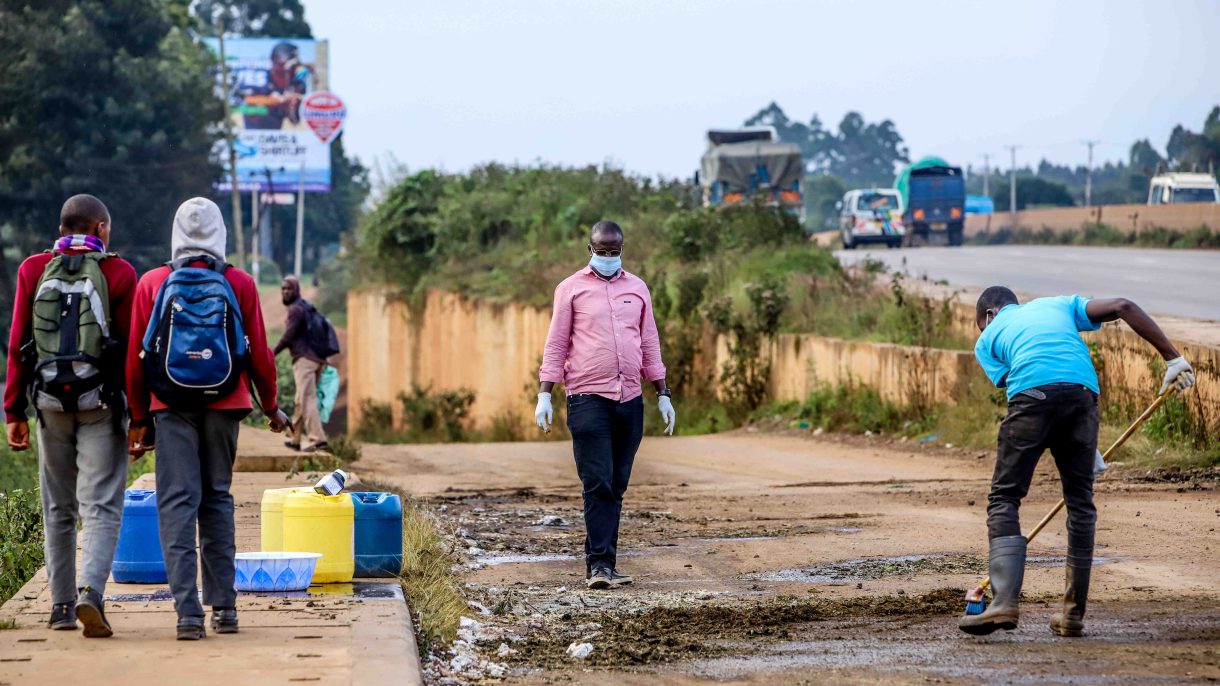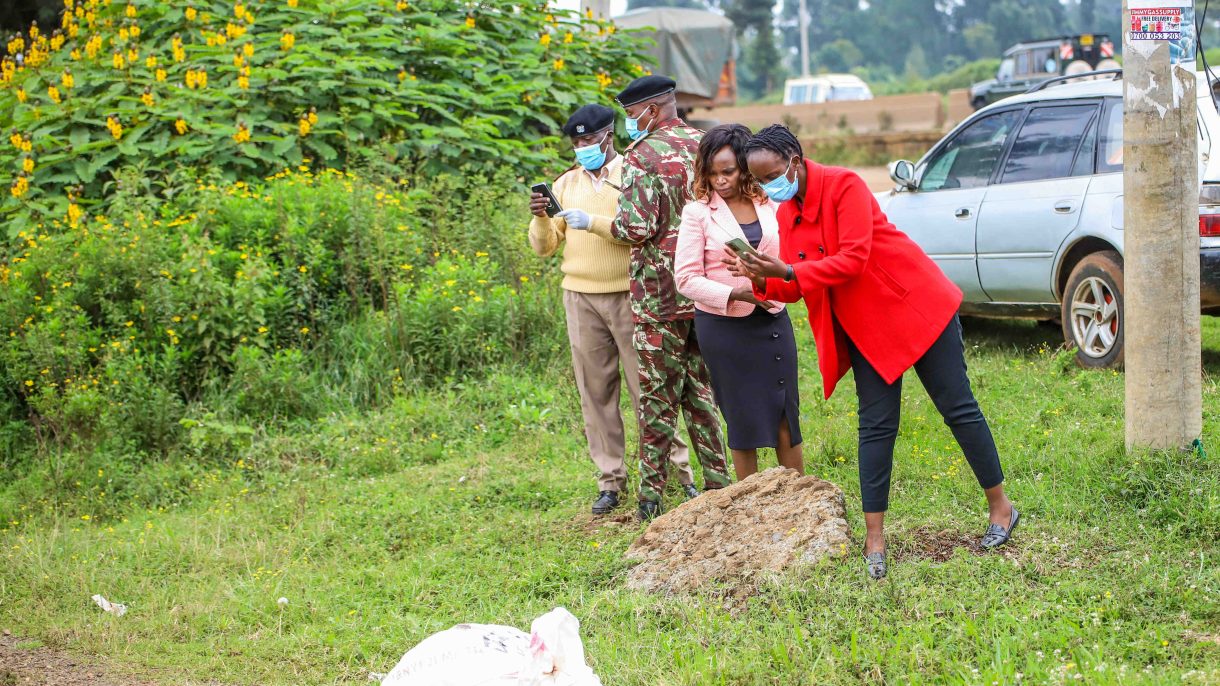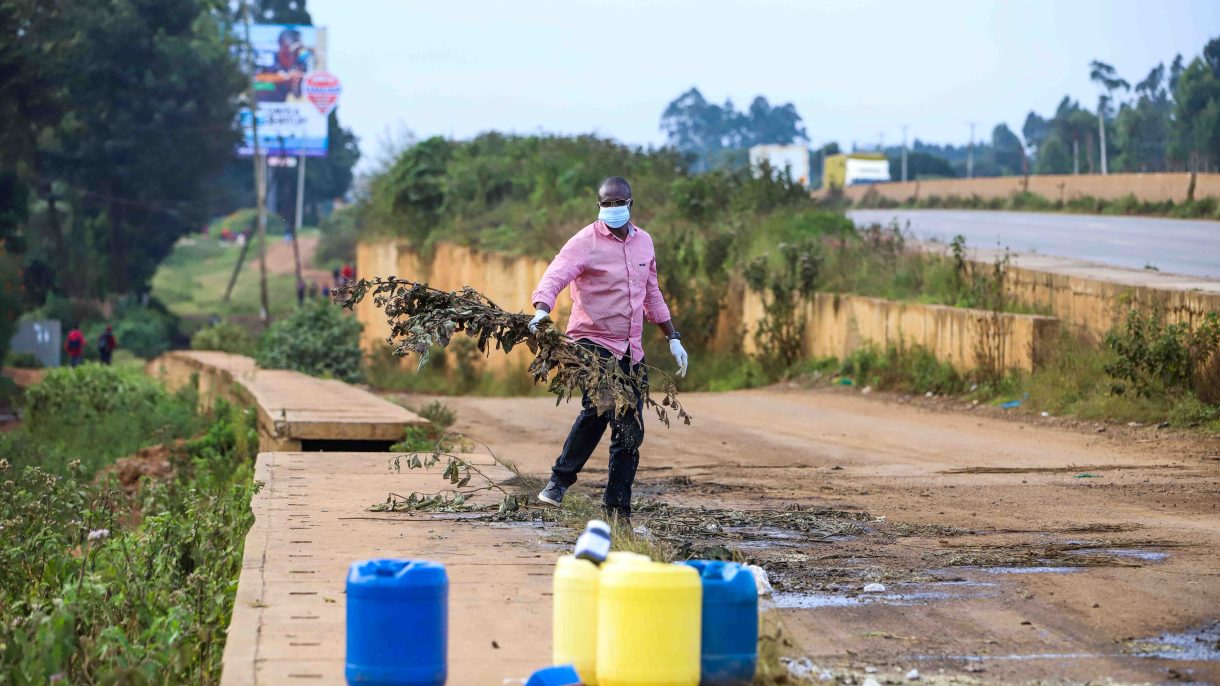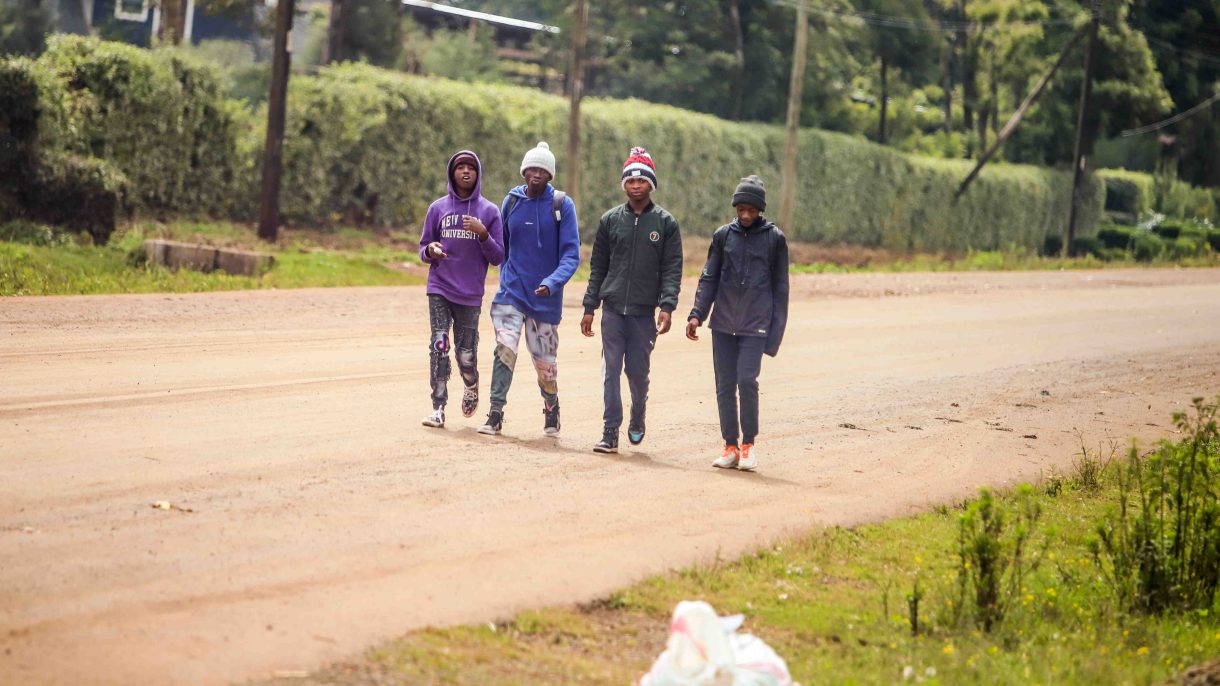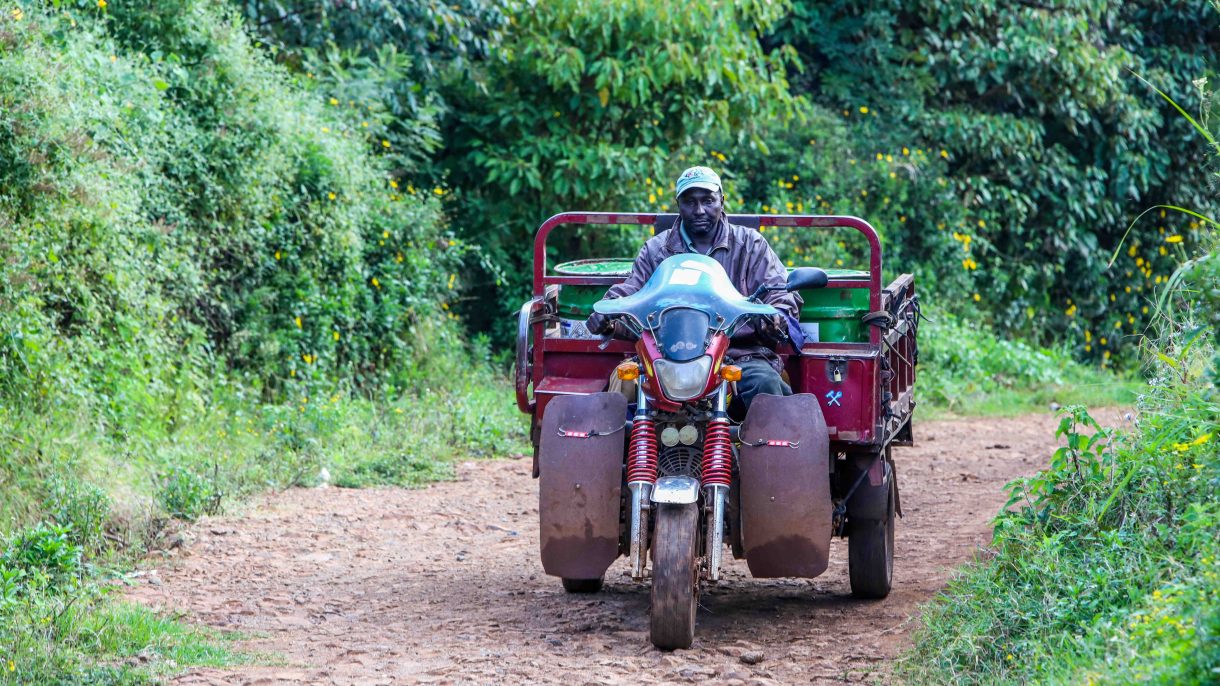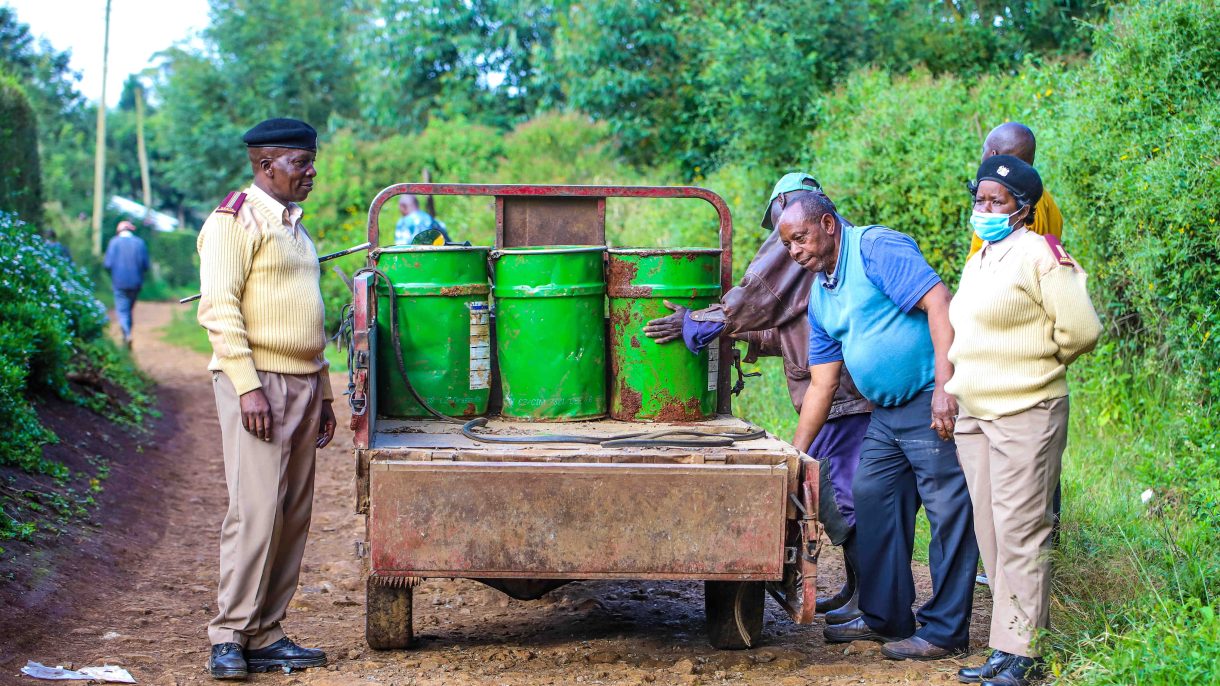As I arrived in Kambembe, Rironi, the reality of the sodium cyanide truck spill struck me immediately. The site of the overturned truck, which had carried 22 tonnes of sodium cyanide destined for Uganda, was eerily quiet, save for the lingering danger invisible to the naked eye. Residents, unaware of the lethal threat, had descended upon the accident scene days earlier, looting some of the scattered containers. It was a stark scene of chaos and human vulnerability.

Before the Incident. The Silent Hazard
Sodium cyanide, often used in the mining of gold, is a highly toxic substance. Even minimal exposure—whether by touch, inhalation, or ingestion—can lead to severe health complications, including headaches, dizziness, and even death. Tragically, few locals understood this as they collected the spilled material for unknown purposes, inadvertently endangering themselves and their families.
During the Incident: Chaos and Misunderstanding
“I thought it was some kind of fertilizer,” confessed John Mwangi, a farmer from the area who had unknowingly taken a drum of the substance home. By the time authorities arrived, the damage was done—20 containers were reported missing, and the region was on edge. Heavy rains shortly after the accident raised fears of contamination spreading into water sources, potentially devastating the local ecosystem.
Kiambu’s Minister of Health, Dr Elias Maina, accompanied by other officials, toured the site to address residents. Their warnings were clear: sodium cyanide is a silent killer. Public education campaigns sprang up overnight to inform locals of the risks. A visibly shaken Mwangi returned his stolen container to the area Chief, saying, “I had no idea it could be this dangerous.” The chief Spent the Long night Patroling the area, Begging the Villagers to Return this Dangerous Chemical.
After the Incident: A Community on Edge
The aftermath of the spill brought Kiambu into the national spotlight. Health officials, Community Health officials, environmentalists, and police joined forces to track down the remaining containers. Meanwhile, the transport company responsible dispatched experts to secure and retrieve the recovered chemicals. Governor Kimani Wamatangi urged the public to prioritize safety, promising rewards for the safe return of the stolen drums.
Despite these efforts, fear and uncertainty gripped the region. Mary Wanjiru, a mother of three, shared her anxiety: “We don’t know if our water is safe anymore. The rain might have carried the poison into our wells.”
The government initiated environmental surveillance to assess contamination and mitigate risks. In the coming days, cleanup teams worked tirelessly, but the specter of cyanide loomed large, leaving a community changed forever.
A Closing Reflection
As I left Kiambu, I couldn’t shake the haunting stories I’d heard—stories of fear, resilience, and human error. This tragedy underscored the need for public education about hazardous materials and stricter regulations on transporting such substances. For the people of Rironi, the incident would remain a painful reminder of the fragility of life and the perils of ignorance.



